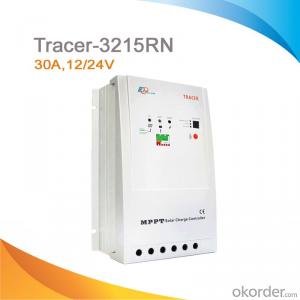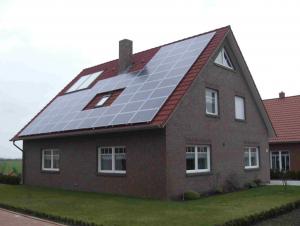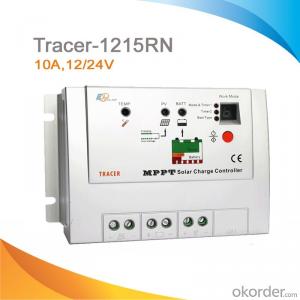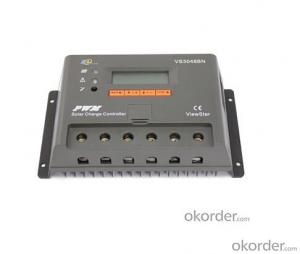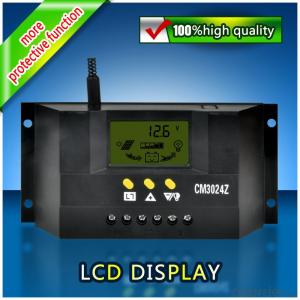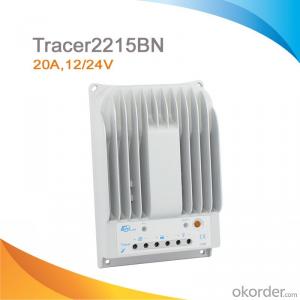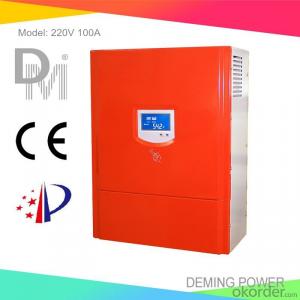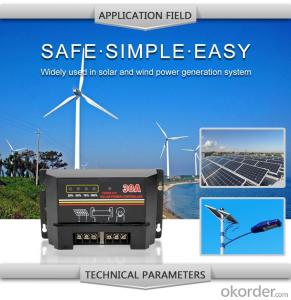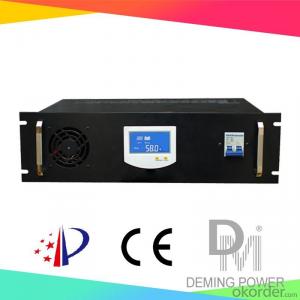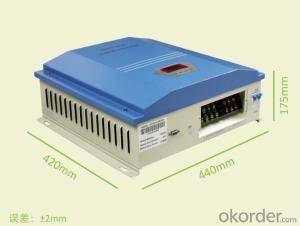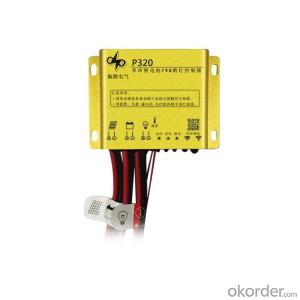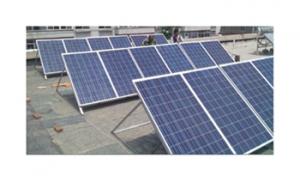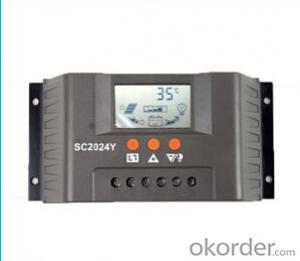All Categories
- - Steel Wire Rod
- - Steel Coils
- - Steel Profiles
- - Steel Pipes
- - Stainless Steel
- - Tinplate
- - Special Steel
- - Steel Sheets
- - Steel Rebars
- - Steel Strips
- - Hot Rolled Steel
- - Cold Rolled Steel
- - Pre-painted Steel
- - Seamless Steel Pipe
- - Welded Steel Pipe
- - Hollow Steel Tubes
- - Galvanized Pipe
- - Stainless Steel Coil
- - Stainless Steel Sheet
- - Stainless Steel Plate
- - Stainless Steel Strips
- - Electrolytic Tinplate Coil
- - Electrolytic Tinplate Sheet
- - Stainless Steel Rebars
- - Solar Panels
- - Solar Water Heater
- - Solar Related Products
- - Solar Inverter
- - Solar Cells
- - Solar Light
- - Solar Energy Systems
- - Solar Controllers
- - Solar Mounting System
- - Solar Pump
- - Solar Chargers
- - Fiberglass Chopped Strand
- - Fiberglass Mesh Cloth
- - Composite Pipes
- - FRP Pultrusion Profiles
- - Fiberglass Mat Tissue
- - Fiberglass Fabrics
- - Fiberglass Mesh
- - Composite Tank
- - Fiberglass Mesh tape
- - Polymer
- - FRP Roofing Panel
- - Fiberglass Roving
- - Monolithic Refractories
- - Ceramic Fiber Products
- - Refractory Bricks
- - Raw Materials For Refractory
- - Suspended Platform
- - Cranes
- - Concrete Machinery
- - Earthmoving Machinery
- - Building Hoist
- - Road Building Machinery
- - Plastic Pipe Fittings
- - Plastic Tubes
- - Plastic Sheets
- - Agricultural Plastic Products
- - Plastic Nets
 All Categories
All Categories
Q & A
How can a solar controller prevent battery damage?
A solar controller can prevent battery damage by regulating the charge and discharge cycles of the battery, preventing overcharging and deep discharging. It also monitors and adjusts the charging voltage and current to ensure the battery is charged at the optimal level, extending its lifespan and preventing damage.
How many solar panels can a single solar controller handle?
The number of solar panels that a single solar controller can handle depends on the specific controller's capacity and rating. Different controllers have different maximum input current and voltage limits, which determine the number and configuration of panels they can effectively handle. It is important to consult the manufacturer's specifications or seek professional advice to determine the appropriate number of panels to connect to a particular solar controller.
Can a solar controller be used in a solar system with a grid export limitation feature?
Yes, a solar controller can be used in a solar system with a grid export limitation feature. The solar controller helps regulate and optimize the charging and discharging of the solar system's batteries, while the grid export limitation feature ensures that the system's excess energy is not exported to the grid beyond a certain limit. Together, these features can effectively manage the solar system's energy production and distribution according to the grid export limitations.
How do I connect a solar controller to a solar-powered disaster relief center?
To connect a solar controller to a solar-powered disaster relief center, you will need to follow these steps:
1. Identify the appropriate location for installing the solar controller, preferably near the solar panels or battery bank.
2. Ensure that the solar controller you have is compatible with the solar panels and battery system of the disaster relief center.
3. Connect the solar panels to the solar controller's input terminals, ensuring proper polarity and secure connections.
4. Connect the battery bank to the solar controller's output terminals, again ensuring correct polarity and secure connections.
5. Double-check all connections to ensure they are tight and secure.
6. Follow the manufacturer's instructions to configure and program the solar controller according to the specific requirements of the disaster relief center.
7. Test the solar controller to ensure it is functioning properly and efficiently.
Remember, it is always recommended to consult the manufacturer's instructions or seek professional assistance if needed, to ensure a safe and effective connection.
Wholesale Solar Controllers from supplier in Kyrgyzstan
We are a Solar Controllers supplier serving the Kyrgyzstan, mainly engaged in the sale, quotation, and technical support services of various Solar Controllers products in the Kyrgyzstan region. We are a subsidiary platform of the Fortune Global 500 company CNBM, able to provide you with one-stop Solar Controllers procurement services in the Kyrgyzstan. Not only do we have a wide range of Solar Controllers products, but after years of market development in the Kyrgyzstan, we can also provide valuable experience for your projects.
